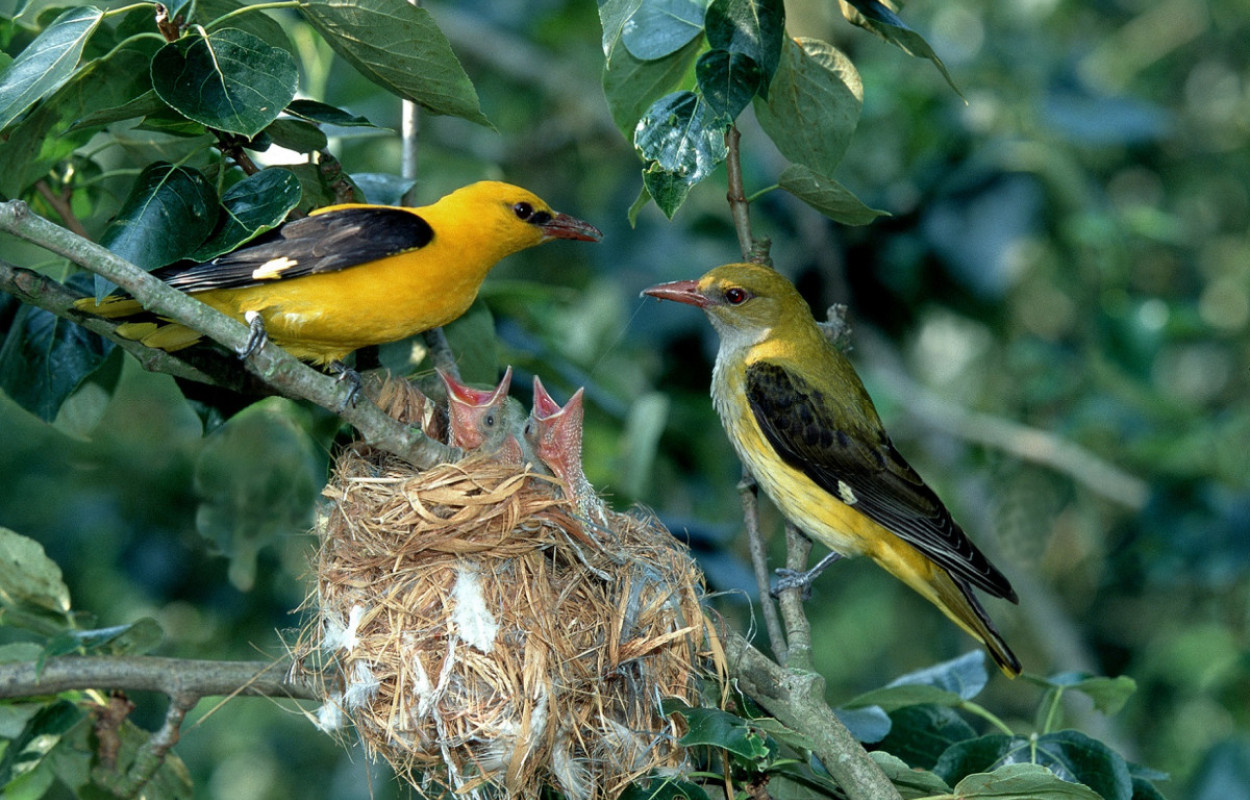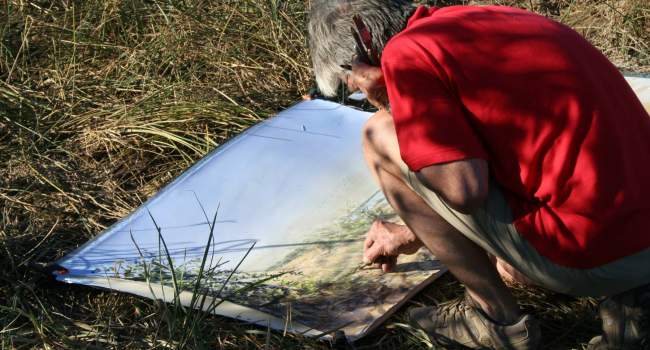Spatial variation in spring arrival patterns of Afro-Palearctic bird migration across Europe

Author(s): Border, J.A., Boersch-Supan, P., Pearce-Higgins, J.W., Hewson, C., Howard, C., Stephens, P.A., Willis, S.G., Houston, A., Gargallo, G. & Baillie, S.R.
Published: May 2024
Journal: Global Ecology and Biogeography
Article No.: e13850
Digital Identifier No. (DOI): 10.1111/geb.13850
The timing of migrant birds’ arrival on the breeding grounds, or spring arrival, can affect their survival and breeding success. The optimal time for spring arrival involves trade-offs between various factors, including the availability of food and suitable breeding habitat, and the risks of severe weather. Due to climate change, the timing of spring emergence has advanced for many plants and insects which affects the timing of maximum food availability for migratory birds in turn. The degree to which different bird species can adapt to this varies. Understanding the factors that influence spring arrival in different species can help us to predict how they may respond to future changes in climate.
This study looked at the variation across space in spring arrival time to Europe for 30 species of birds which winter in Africa. It used citizen science data from EuroBirdPortal, which collates casual birdwatching observations from 31 different European countries, including those submitted via BirdTrack. Using these data, the start, end and duration of spring migration was calculated at a 400 km resolution. The research identified patterns in arrival timing between groups of species, and tested whether these were linked to species traits: foraging strategy, weight, wintering location and length of breeding season. Lastly, it investigated how arrival timing was linked to temperature.
The results showed that it takes 1.6 days on average for the leading migratory front to move northwards by 100 km (range: 0.6–2.5 days). The birds’ movements broadly tracked vegetation emergence in spring. Arrival timing could be split into two major groupings; species that arrived earlier and least synchronously, in colder temperatures and progressed slowly northward, and species that arrived later, most synchronously and in warmer temperatures, and advanced quickly through Europe. The slow progress of the early-arriving species suggests that temperature limits their northward advance. This group included aerial Insectivores (e.g. Swallow and Swift) and species that winter north of the Sahel (e.g. Chiffchaff and Blackcap). For the late-arriving species, which included species wintering further south, and heavier species (e.g. Red-backed shrike and Golden Oriole), they may need to wait until the wet season in Africa progresses enough for food to be available to them south of the Sahara before they can make the desert crossing.
The research demonstrates that thanks to advances in citizen science, it is now possible to study arrival timing at a relatively fine scale across continents for a wide range of species, enabling a much fuller understanding of year-round variation between and within species, the associated trade-offs, and the pressures that species face. This knowledge can help mitigate threats to migrant species. For example, the dates of the start of spring migration could by used by each European country to inform hunting legislation. The approaches used in this work could be applied to other taxa where data are sufficient.
Abstract
Aim: Geographical patterns of migrant species arrival have been little studied, despite their relevance to global change responses. Here, we quantify continent-wide inter-specific variation in spatio-temporal patterns of spring arrival of 30 common migrant bird species and relate these to species characteristics and environmental conditions.
Location: Europe
Time period: 2010-2019
Major taxa studied: Birds, 30 species
Methods: Using citizen science data from EuroBirdPortal, we modelled arrival phenology for 30 Afro-Palearctic migrant species across Europe to extract start and duration of species arrival at a 400 km square resolution. We related inter and intra-specific variation in arrival and duration to species characteristics and temperature at the start of the growing season (green-up).
Results: Spatial variation in start of arrival times indicates it took on average 1.6 days for the leading migratory front to move northwards by 100 km (range: 0.6—2.5 days). There was a major gradient in arrival phenology, from species which arrived earlier, least synchronously, in colder temperatures and progressed slowly northwards to species which arrived later, most synchronously and in warmer temperatures, and advanced quickly through Europe. The slow progress of early arrivers suggests that temperature limits their northward advance; this group included Aerial Insectivores and species wintering north of the Sahel. For the late arrivers, which included species wintering further south, seasonal resource availability in Africa may delay their arrival into Europe.
Main conclusions: We found support for the green-wave hypothesis applying widely to migratory landbirds. Species arrival phenologies are linked to ecological differences between taxa, such as diet, and wintering location. Understanding these differences informs predictions of species’ sensitivity to global change. Publishing these arrival phenologies will facilitate further research and have additional conservation benefits such as informing designation of hunting seasons. Our methods are applicable to any taxa with repeated occurrence data across large scales.











Share this page